It’s time to face the facts: heavily hyped in-store smart carts are just not that “smart” (but they still could be)
Alas, poor Yorick…NO. It is a far, far better thing that I do…NO. Don’t shoot the messenger…YES (that’s it). Here goes: smart carts are just not that “smart” (but they could be).
By way of background, I’ve been in and around the smart cart space since 2004, when Cuesol created the Shopping Buddy for Stop and Shop. My data powered the first version, and the second version – introduced in 2005 – which was renamed Cart Companion.
Shortly after that, Modiv Media acquired the assets of Cuesol, and introduced a Cart Mounted Paddle Scanner, initially put in place – in 2007 – in Albertsons, where I supplied private label data.
In 2010, a team of college students won the Great Capstone Case Competition, by creating a smart cart for Target. While this was more of a proof of concept, it was deployed in a few Target stores.
In 2011, SK Telecom – in China – deployed a combination smart cart/mobile app in the Shanghai Lotus Supermarket.
After these early efforts, there was no stopping development. Firms like Caper, Veeve, Amazon, Cust2Mate, Shopic, Flow, Tracxpoint, Super Hi, Whiz Cart, Easy Cart, and more are deploying carts around the world.
However, and to those companies above, please take no offence…not one of these firms has emerged as the leader.
Why? And more importantly, is there a future for a smart cart – that in my opinion – is just not smart.
Based on the current backlash around conventional self-checkout, the rise of mobile health and wellness and dietary management apps, and national crocery tetailers (here in the US) that are employing nutritionists and dieticians, I don’t think so.
Yes, I know, several of the firms above have sold, or have orders for, thousands of units. But, as the rapid grocery delivery market has shown, sales are not an indicator of success, once the sales (and profit and investor money) “dry up”.
(Side note – how many firms appeared in 2020, and now, in 2024, are gone?)
So, is there a way to salvage the market, before what I see as an inevitable end? Is there a way that carts can become smart?
I believe so. But it will take fully attributed item data, enhanced functionality, did I say data, and a revised company mindset.
Let’s step back for a minute…The number one single purpose website is Google; enter search criteria, get your results, click on a link or two, and voila – information.
But, the number one destination website is Yahoo. Not only can you search, but you can read news, catch up on sports, play games, do e-mail, track your stocks, get your horoscope, and so much more.
Put simply, while you may spend less than a minute on Google, you may spend more than an hour on Yahoo.
Yahoo is – well – sticky. You can do a great many things, without leaving the site.
In my opinion, this is what smart carts need to do. They need to become sticky. They need to become more than just a mobile checkout device. They need to provide considerable information, such that, they become an integral part of the shopping journey.
How? What’s needed?
As above, data. Not just store Point of Sale data, but real, fully attributed Item data, that includes nutrition, ingredients, allergens, warnings, endorsements, health and wellness claims, and more.
Recipe data. Not just recipes, but curated recipes that address any and all manner of health and wellness concerns, dietary considerations, allergens, religious choices (kosher, etc.), and more. And that are reconciled to store inventories.
Customer health profiles, for individuals and families, incorporating chronic medical conditions, food related diseases, food allergies, religious preferences, lifestyle choices, and more.
Sales data. Records of past purchases, for ease in shopping execution, for in-store promotions, and for new product recommendations (based on past purchases and customer health profiles [above).
Aisle maps, for store navigation, aiding – as above – shopping execution.
Shopping list creation and integration – no, wait – intelligent shopping list creation, that tracks (via Integration to store sales data [above], Items purchased weekly, monthly, quarterly, etc. – and builds the shopping list accordingly, and uploads it to the cart.
So, what would a truly smart cart do?
Incorporate your shopping list, and guide you through the store for efficiency.
Allow the customer to search for a recipe (or more), display the items needed (incorporating their customer health profile [above], and guide them to the appropriate aisle and shelf.
Or, analyse the Items in the cart, and suggest a recipe that can be made with said Items, and prompt the customer to purchase the additional required Items.
Allow the customer to scan an Item (or more) and based on their health profile [above], know whether or not it can be consumed, by the customer, or by the customer’s family; and, if the Item cannot be consumed, provide an “intelligent” substitution.
Based on past purchases, or the current cart contents, recommend new items (incorporating the customer health profile [above]).
Provide – if the customer is so inclined – wine and food pairings; either by analysing the contents of the cart, or a bottle of wine put into the cart.
Now, you might be asking…why are none of the current crop of (so-called) smart carts doing this?
Money – Data (be it item data, recipe data, aisle maps, etc.) is expensive.
Store integration (for sales data, promotions, etc.) is difficult.
Application development (to accomplish what I’ve suggested) is also expensive, and requires expertise beyond what many cart developers possess.
So can it be done? YES. There are many health and wellness and dietary management and shopping assistance apps that are doing some of this. No, they lack aisle maps, store sales, and checkout, but they have the “core” food data functionality. (Some do have recipes, but not all).
And I actually license the requisite data needed.
Which begs the question – why have I not built my own cart?
Good question. I’m a data provider, not a developer (90% of being smart is knowing what you’re dumb at).
And, I actually have supplied data to a few of the firms I cited previously, but no one has developed anything beyond basic self-checkout.
I even volunteered, two years ago, to give (yes give) my data to one of these firms, so that they could develop my vision (or a variation thereof), if you will. They were not interested. (And don’t ask me who)
Which leads me back to… Is there a way that carts can become smart?
Yes, I believe there is. But time is running out. With the advent of the new GS1 2D barcode, “coming to an item package near you” in 2027, checkout will change, radically. And with it, item Information.
But that’s a subject for another day. Be seeing you.
About the author: Gregg London has built both a leading U.P.C. and supply chain consulting firm, and the preeminent U.P.C. database (for food and spirits), without any external funding.
Clients include Fortune 100 and 500 manufacturers, distributors, retailers, aggregators, breweries, wineries, and distilleries









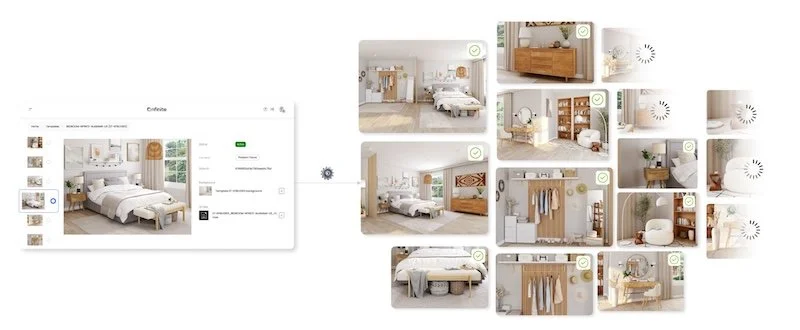




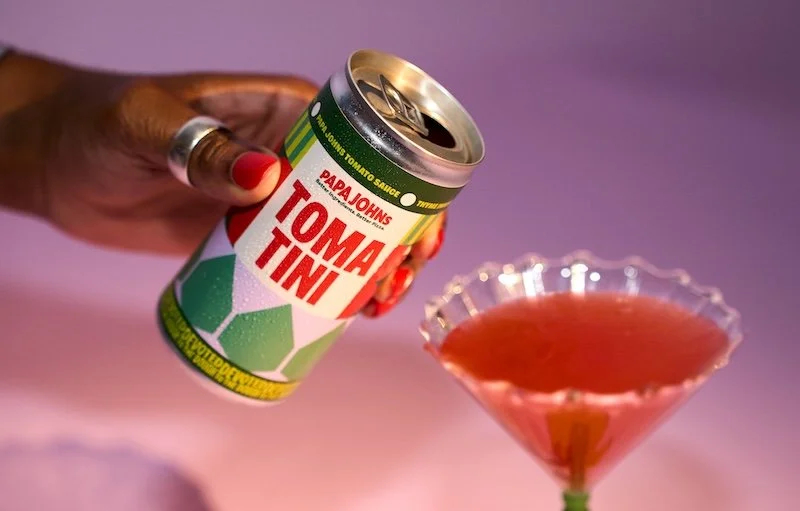


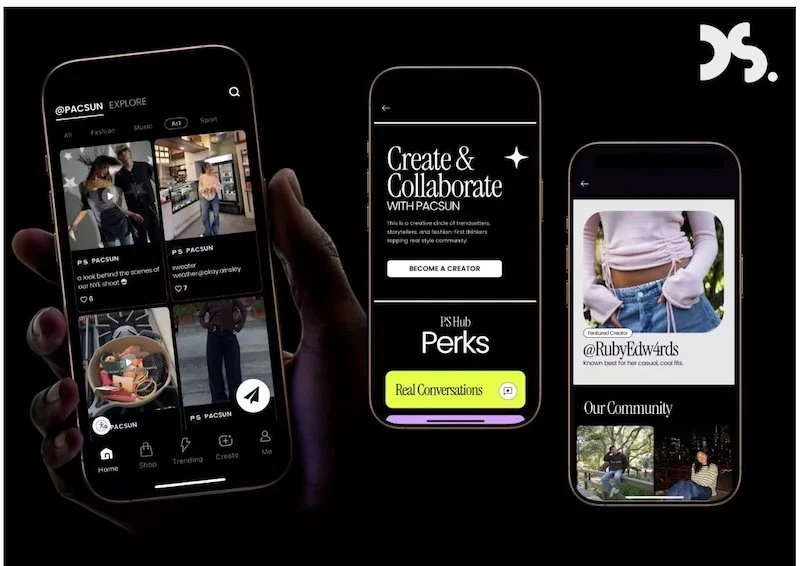


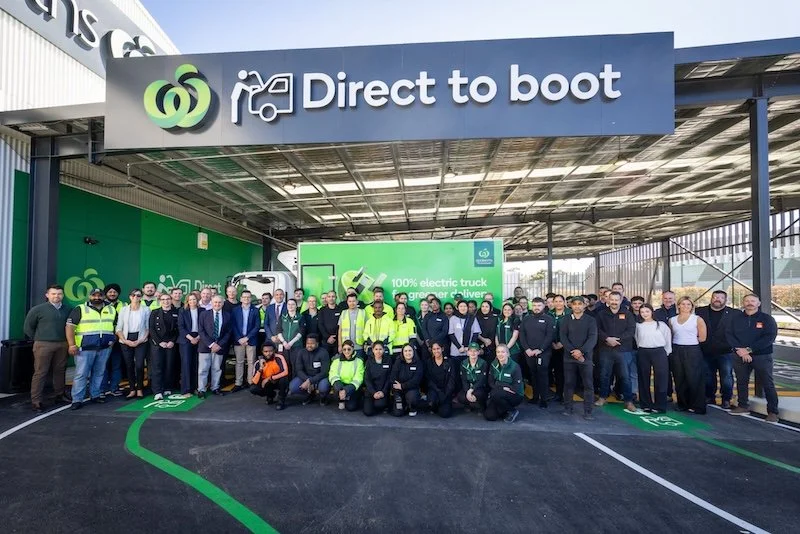
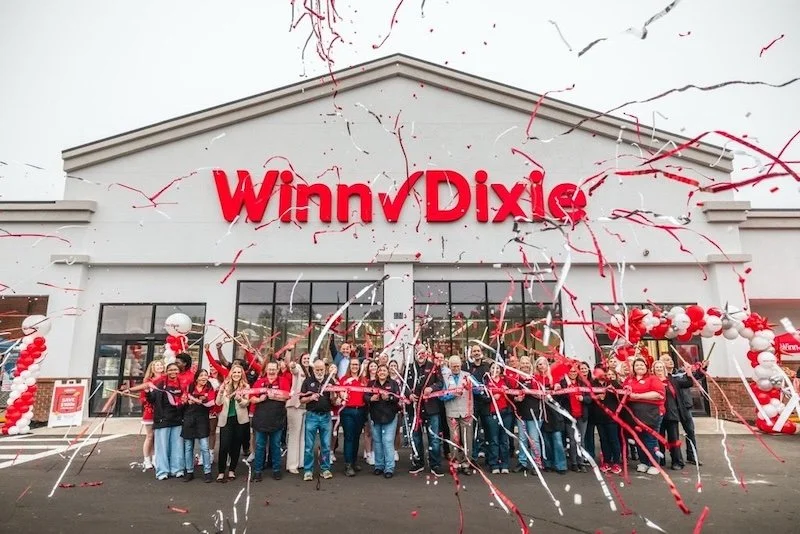


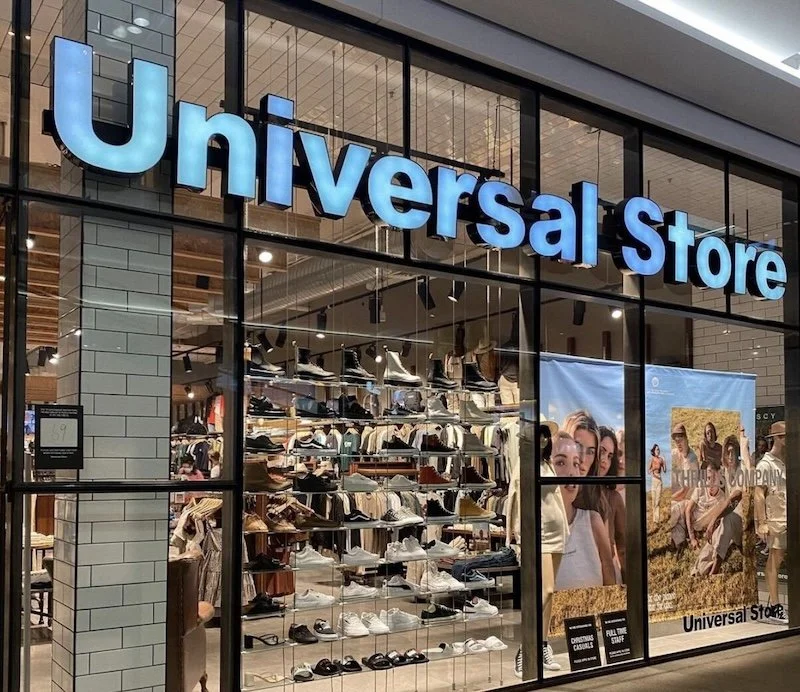
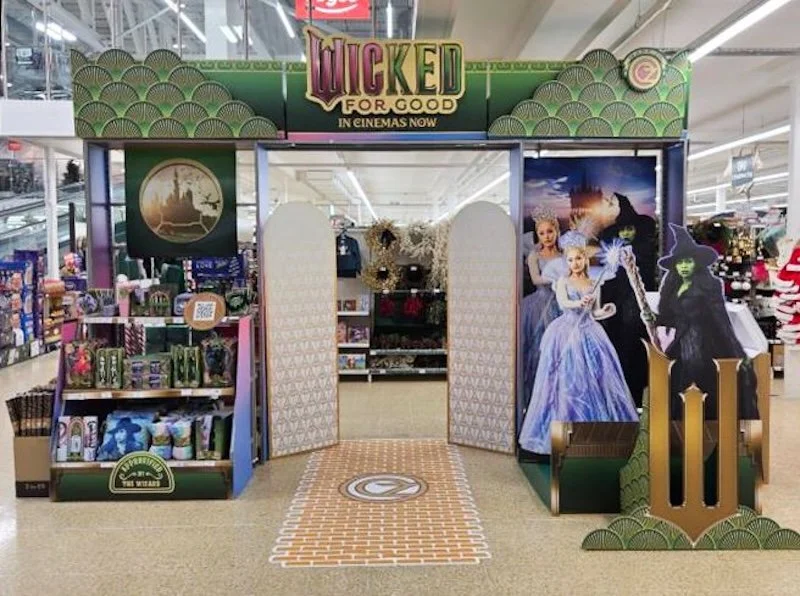
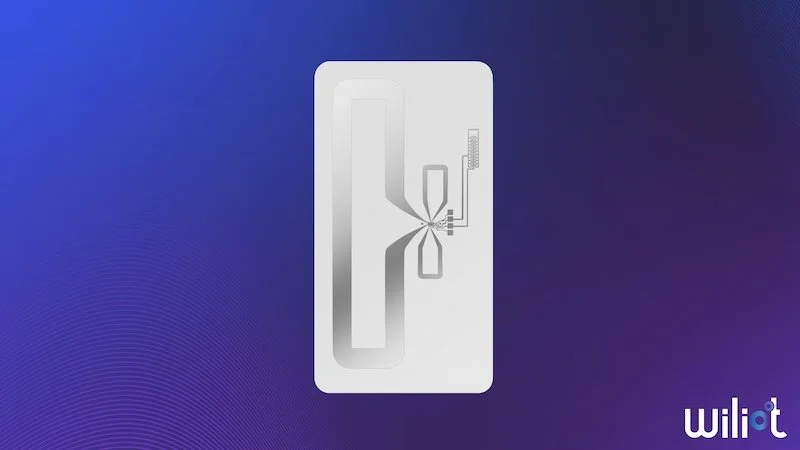




Continue reading…